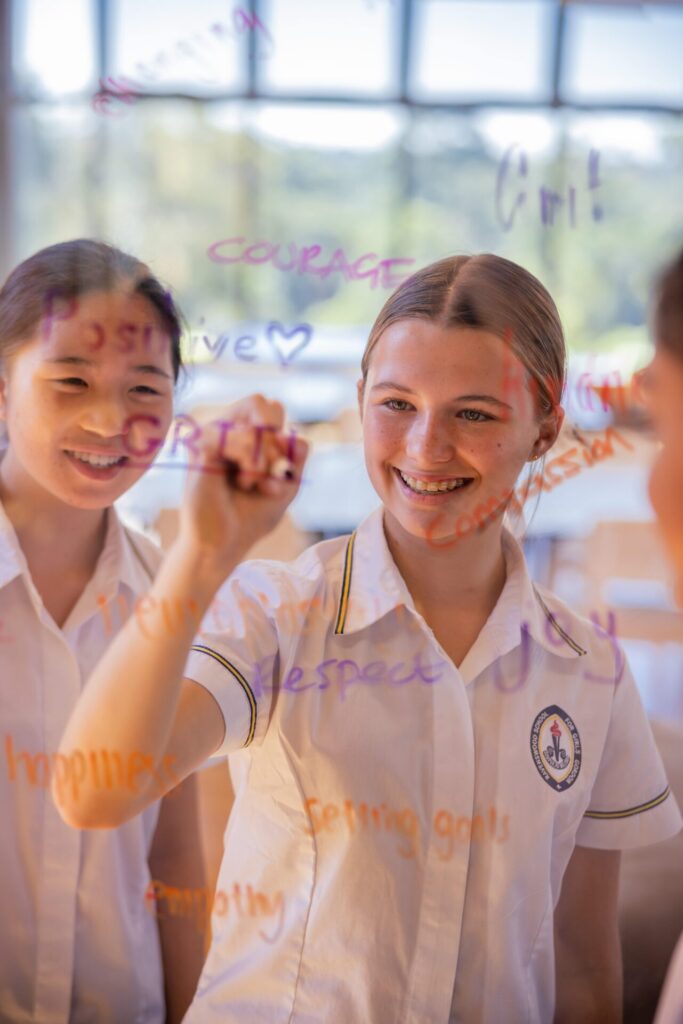Junior School girls, from Prep to Year 6, enjoy a warm and welcoming learning environment, with light-filled classrooms offering flexible learning spaces, reading nooks and the latest in STEM and technology. Specialist facilities support best-practice teaching in all areas.
Ravenswood Prep
Our intimate Ravenswood Prep offers our youngest RAVO girls an enriching and nurturing transition to school. Located at Annesley House across the road from our Junior School in a beautifully renovated space, it’s a unique and dynamic early-learning experience.
The curriculum combines the International Baccalaureate Primary Years Programme (PYP), the Reggio Emilia philosophy and Ravenswood’s award-winning Positive Education approach. The latter is integrated throughout the school day, as the children learn to recognise and name strengths in themselves and others, and value acts of kindness and gratitude.
Kindergarten to Year 6
Our dedicated Junior School precinct, on the same campus as our Senior School, features an adventure playground, idyllic gardens, Mrs Holly’s Garden (our open green space) and two courtyards.
These beautiful spaces are an oasis of fun and relaxation for students as they develop and play imaginary games, and participate in physical activities.
Students embrace the Junior School Library, in the state-of-the-art Mabel Fidler Building – a productive and vibrant environment where students learn, read and spend time together. They also benefit from specialist facilities and teaching in areas including Science, Dance, STEM, Languages, Music, Art and Physical Education.
Ravenswood tennis, basketball and netball courts, 25-metre indoor swimming and diving pool, and oval are also used for structured lessons and classes.
Positive Education
Positive Education at Ravenswood is an explicit and scientifically based curriculum. In Junior School, the IGNITE (Inspiring Girls and Nurturing Individuals Through Empowerment) Positive Education program is taught weekly through an integrated Positive Education curriculum.
Within this supportive and inspirational environment, students develop a strong sense of belonging and purpose as well as strategies to enhance their wellbeing.
Co-curricular Activities
Junior School students can engage in a variety of co-curricular activities with highly skilled and qualified staff. This allows students to pursue their interests while developing skills, achieving excellence and mixing with like-minded peers.
Activities include Music, Dance, Drama, Speech, Sports, Debating, Language Clubs, Fellowship Clubs and other exciting co-curricular clubs.
Discover Junior School
Dedicated to
Excellence in Education
for Girls
semper ad mellora
Always
towards better
things
Igniting Potential,
Inspiring Passion
& Purpose

Award winning positive education allows our students
to thrive.
